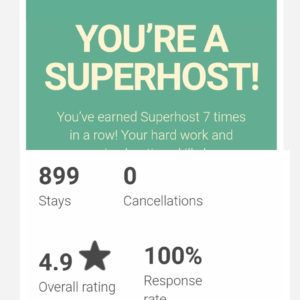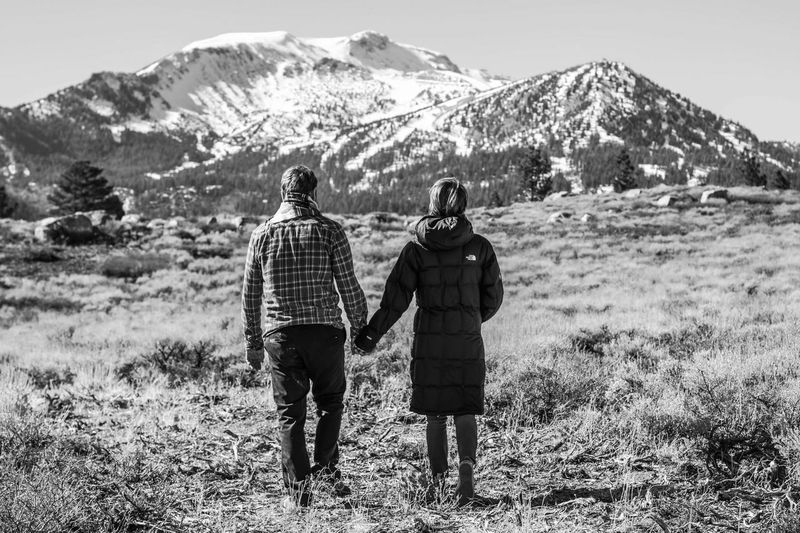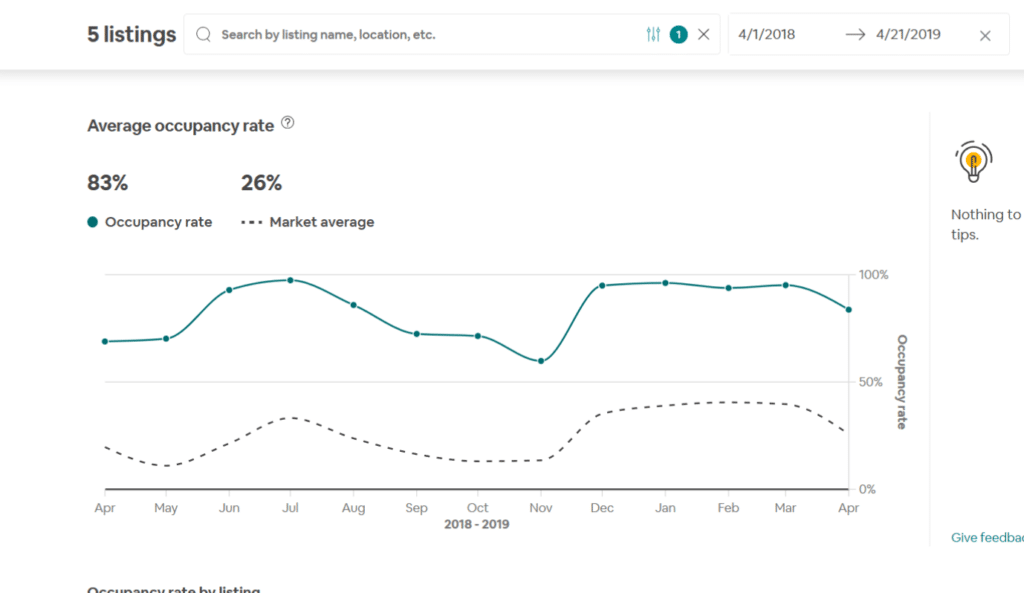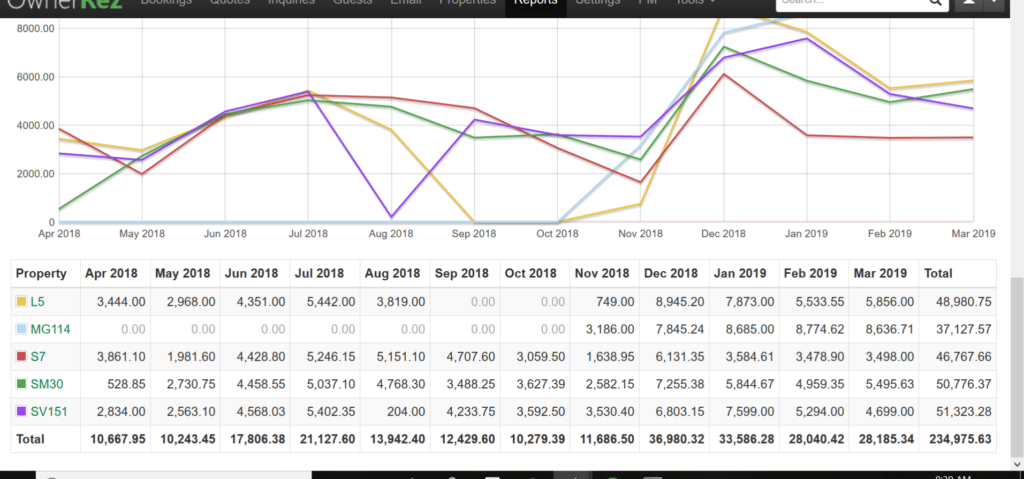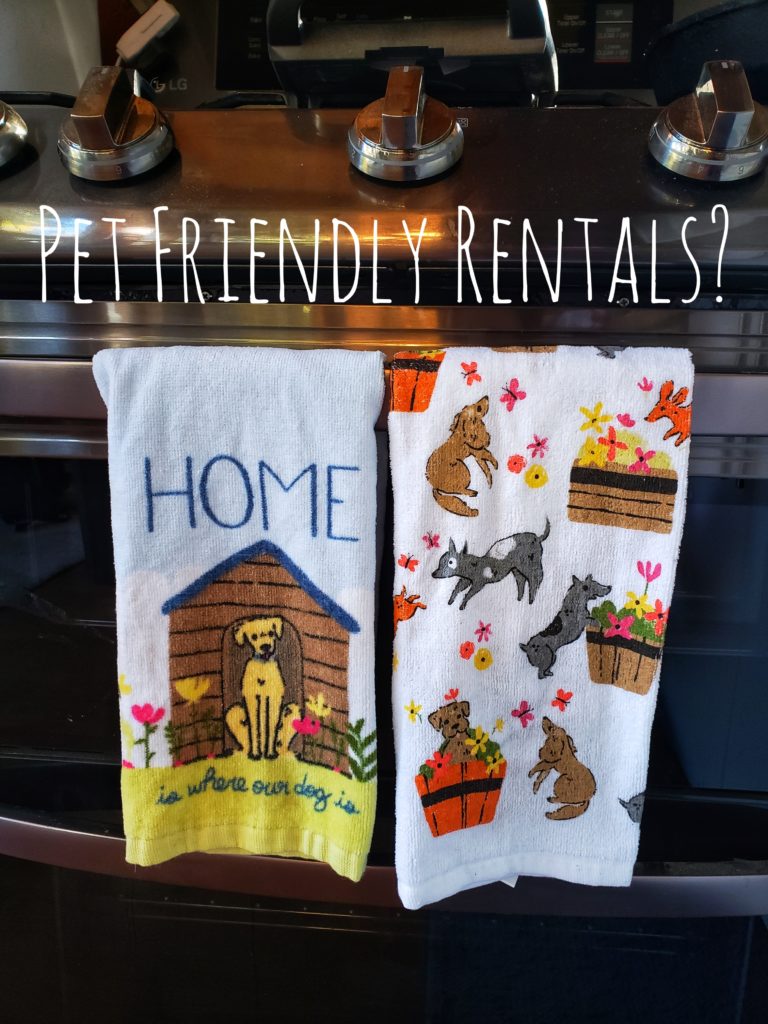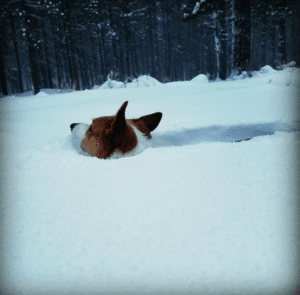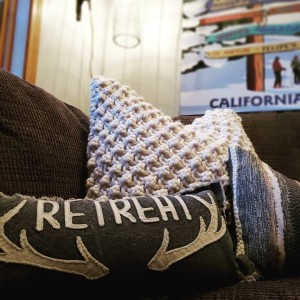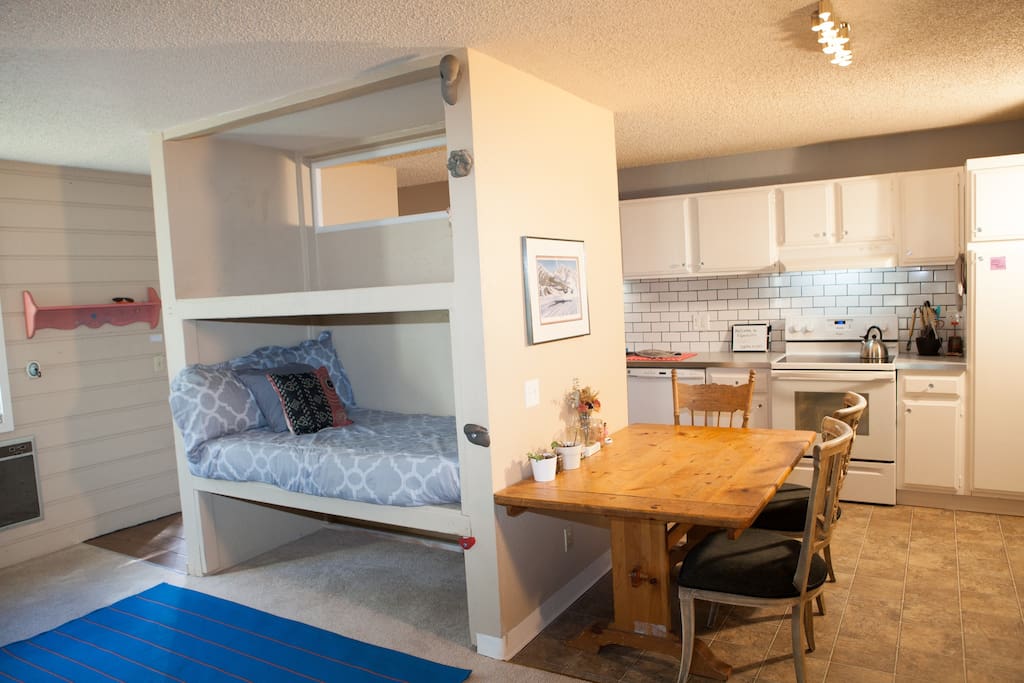We’re in the process of adding three new listings this month! We’re very particular about the units we take on, and have a waiting list right now, so finding the perfect combination of unit, owner, and help to make it happen has been wonderful. I thought now would be the perfect time to talk about the process we go through when setting up a new listing.
Step 1- Purge
A lot of units in Mammoth have been around and in the same family for many years. It’s wonderful that our owners are building equity and have that special family gathering place, but often their vacation condos also become a gathering place for years of junk that never gets tossed. Think, VHS tapes, stereos, giant old tvs, lots of extra bedding and blankets that have seen better days, random knick knacks that collect dust. It all needs to go! Toss it, donate it, sell it if you can, but we’re looking for a fresh start. A unit shouldn’t feel sparse and bare, but when it’s cluttered with stuff it doesn’t make a good impression on guests. 
Step 2- Repairs and Deferred Maintenance
Now that we’ve got all the unnecessary stuff out of the unit, we’re going to go through every room to look for deferred maintenance or repairs that need to be made. Almost always, we’re going to recaulk everything in the bathrooms. This is often neglected for years and mildew in the bathroom caulk is always a turn-off, making the unit look dirty even if it’s just been scrubbed. Check all the plumbing and drains, make sure all the light bulbs work. Clean the heaters and make sure they’re working properly. Check the blinds and curtains to make sure they move easily and aren’t ripped or torn. Once you’re sure everything is in good working order, then it’s time to clean!
Step 3- Deep Clean
Scrub it all. You know the drill. Shampoo the carpets, wipe down the walls, wash the inside and outside of the windows, wash all the pots and pans. Pro Tip: you can buy the same material that magic erasers are made out of in bulk on Amazon for dirt cheap. They’re ahhhhmazing, especially for things like wall scuffs and the grime around the bathtub. 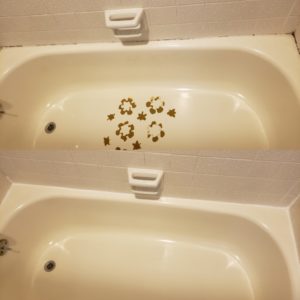
Step 4- Staging and Supplies
Now that everything is working and clean, it’s time to bring in the fresh linens, bedding, paper products, toiletries, etc. New, crisp duvet covers that match if you have more than one bed in the room are great. We provide coffee beans and hot chocolate mix in every unit, so placing out those items. Prep as if you have your first guest arriving and it’s the Queen of England. Here is a list of things we provide to help get you started.
- toilet paper with extras
- paper towels
- dish soap/ sponge
- dish detergent
- laundry detergent/ dryer sheets
- coffee filters
- creamer and sugar
- salt, pepper, olive oil
- coffee beans and hot cocoa mix
- bath towels, wash cloths, hand towels, kitchen towels
- hand soap
- shampoo, conditioner, body wash
- sign with wifi information
- information binder
Step 5- Photos and Listing
Get a professional photographer. Just do it.
Take extra time setting up the listing by reading other units reviews and descriptions. I recommend going on to Airdna.com to check out the top listings in your area and see what they look like. Is there anything you can learn about their success to apply to your own listing? Use both a mobile device and a computer when setting up the listing, as Airbnb’s process actually gives you different options on each. Make sure every section is filled out. Before opening up the calendar, make sure to check the pricing of other units for the same dates. You want to price yourself very low for the first few weeks to attract guests to your listing even though it won’t have any reviews. This is where having other listings and being a superhost comes in really handy. Guests who otherwise wouldn’t book a property without any reviews will see the badge next to your name and be able to read all the other good reviews for your other properties.
Step 6- Get Those Reviews!
Price yourself low and then make sure your guests have an amazing experience. Check in with each one and ask for feedback. Be honest that they’re one of the first guests and see if they have any suggestions. If there’s something you missed, guests will be less likely to leave a bad review if they feel like they’re helping you out and that you legitimately care what they think. I will ask the first handful of guests to let me know what could be improved, and if they had an amazing stay, to leave a review. The first 10 reviews need to be stellar!! Once you’ve got these under your belt, you’re off to the races! Keep up the momentum and you can begin to raise prices. Good luck!!